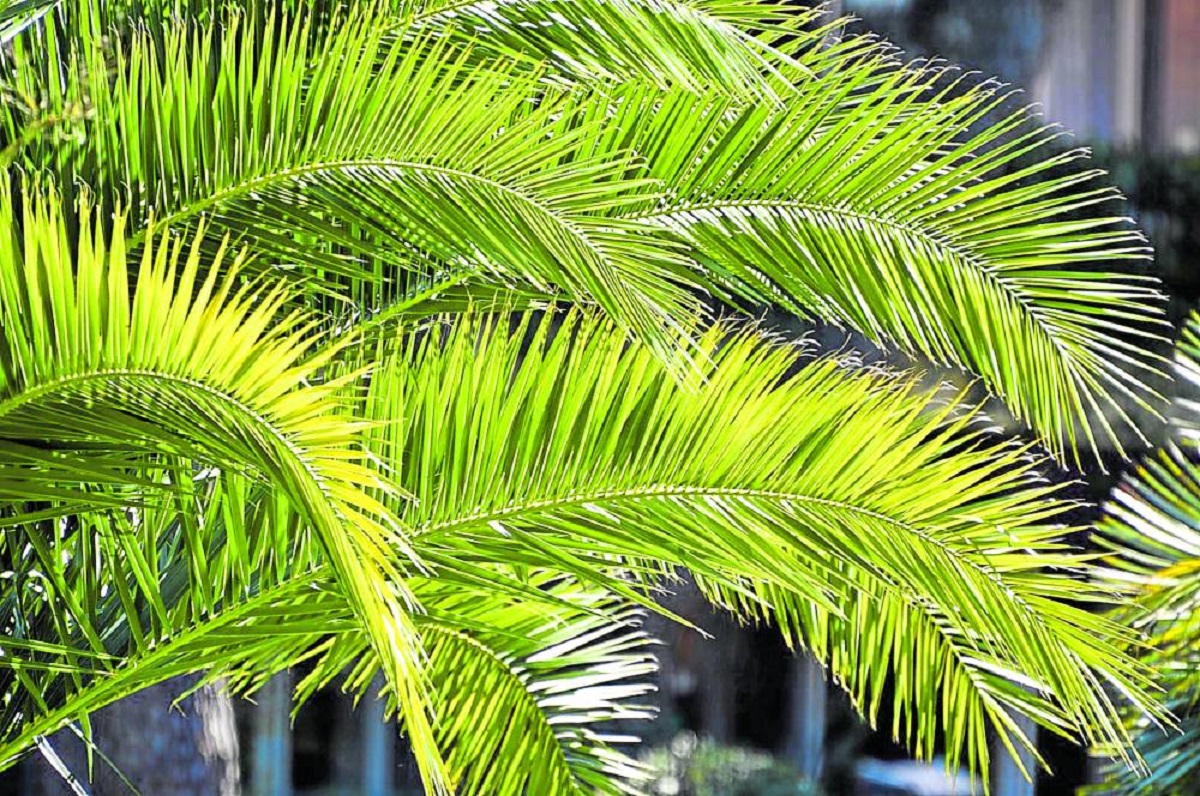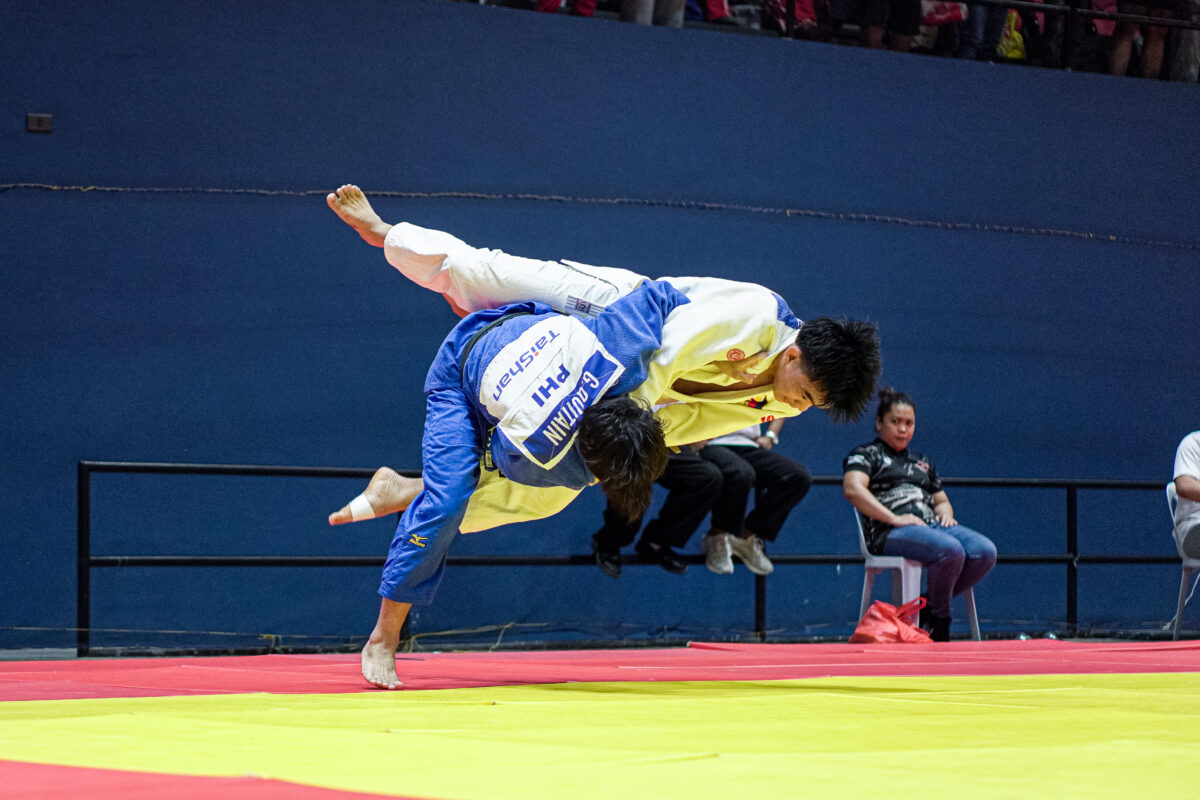The rumblings in Taal Volcano and signs of a deadly blast are causing frayed nerves.
It’s incredible that what people thought was one of the smallest volcanoes in the world could release such fury that threatens one of the most populous and well-developed areas in the country.
Judging from the commercial activity in Tagaytay and nearby towns, a volcanic eruption of a magnitude that could approximate Mt. Pinatubo’s eruption in 1991 has been obviously overlooked by developers. This might turn out to be one of the major miscalculations of real estate developers.
But it’s not only the anxiety that makes everyone worried about what Taal is yet to unleash. The continuing effects of the ashfall could remain a threat to people at high risk. This high-risk population includes the very young, the elderly, heavy smokers and those with serious medical conditions like heart failure, chronic lung diseases and compromised immune systems due to cancer.
I saw an elderly patient with heart failure a few days before we experienced ashfall in Metro Manila. He was in stable condition and was even in high spirits.
A day after the ashfall, he started experiencing sore throat and coughing, which progressively worsened. He was rushed to the emergency room, diagnosed with severe pneumonia and had to be hooked up to a respirator to help him breathe. He’s fighting for his life, and we hope he pulls through.
When inhaled, the fine particles of volcanic ash are deposited in the air passages up to the lung cells, called alveoli. Although we have innate defensive mechanisms that usually protect us if our immune systems are functioning well, those with weakened immune systems, such as the elderly and frail individuals, may develop life-threatening bacterial infections resulting from lung irritation.
Volcanic ash can be detrimental to human health due to the harmful aerosols and poisonous gases it contains. Aside from the lungs, it also affects the eyes and skin.
Respiratory symptoms
Respiratory symptoms include runny nose, sore throat, dry cough, wheezing and shortness of breath. The cough is usually initially dry and hacking due to irritation of airway, but it becomes productive or with phlegm.
A yellowish or greenish phlegm indicates that a secondary bacterial infection has set in.
Eye symptoms include itchiness, making the eyes reddish or bloodshot. One must avoid rubbing the eyes to prevent corneal abrasions or scratches that can result in permanent injury. It’s better to close one’s eyes and let one’s natural tears wash away the ash irritant. One may also use lubricant eye drops to simulate the effect of natural tears.
A dreaded long-term effect of volcanic ash on the lungs is silicosis. Silicosis is a disease resulting in lung scarring, due to silica or silica-like particles in volcanic ash.
Although the dust from the ashfall may have significantly lessened now, I think it’s best for people considered high risk to continue wearing face masks outdoors. They must avoid going out till the air really clears.
Even people in faraway provinces could also be affected, as what happened during the Mt. Pinatubo eruption. The volcanic ashes reached Asia- Pacific countries thousands of kilometers away.
Experts tell us that the extent of movement of volcanic ash can be influenced by ash particle size, amount of ash extruded into the atmosphere, and environmental or climate conditions, including wind direction and humidity.
So, people in the provinces should also watch out. We hope environmental agencies could monitor the degree of pollutants, including volcanic ash, in the air, and give regular advisories to the public.
It’s also unimaginable what the simultaneous volcanic eruptions all over the world can have on climate change. The tons of ash spewed into the atmosphere can block the sun’s rays, resulting in a marked change in the Earth’s temperature.
The ash can also cause undue precipitation in the clouds and fall back down to earth as acid rain, which could impact agriculture. In other countries, it may mean a harsher winter.
Let’s pray for divine intervention that the dreaded eruption of Taal Volcano won’t happen, so we can be spared from the impact of this cataclysmic event.














































